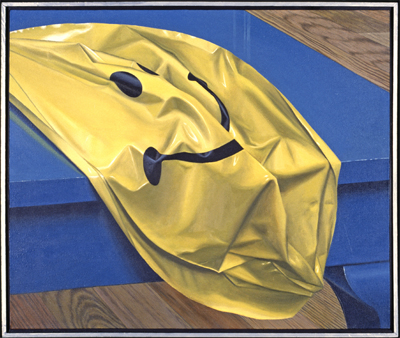Osita, 2016
Michael Naranjo
American K'apovi (Santa Clara Pueblo) (born 1944)
Location: Washington State School for the Blind, Vancouver
About the Artwork
Osita by Michael Naranjo is a simple and bold little sculpture of a female bear. It presents the bear's form in a unique pose, with its head tilted back over its shoulder as if it is looking, sniffing, or listening for something. The surface is slightly textured and you are encouraged to touch the bronze sculpture. Naranjo notes, "Being blind makes the pace of life slower; you can't walk fast or grab for things quickly. Life is more gentle and soft and the change brought my creative energies out." This artwork is part of a curated collection by Gregg Schlanger in October 2023 for the Washington State School for the Blind in Vancouver. The local Art Selection Committee wanted artworks that anyone can approach and fully experience and understand via more than just sight. Gregg Schlanger selected artworks that are comfortable in the hand and have a tactile experience. This artwork is meant to be touched. It is installed in a large shadow box wall with ten spaces for ten accessible artworks.
This artwork was acquired for the State Art Collection in partnership with Washington State School for the Blind.
About the Artist
Michael Naranjo (Tewa and Santa Clara Pueblo) is a sculptor, and he is blind. With his keen sense of touch and intuition, he creates clay figures that are cast in bronze. Naranjo's sculptures often feature elements of his childhood in New Mexico: Native dances, eagles and buffalo, women carrying water.Naranjo grew up in the Santa Clara Pueblo and in Taos, both in New Mexico. His mother was a ceramic artist, and he grew up helping her prepare clay. In 1968, while serving in the Vietnam War, an exploding grenade took his vision. While in the hospital, he asked for some modeling clay. He'd lost the use of his right hand but with his left hand, he sculpted a small figure and began his career as a sculptor. Naranjo has also founded several hands-on museum experiences for disabled persons, including at the Heard Museum in Phoenix, Arizona and Eiteljorg Museum of American Indian and Western Art in Indianapolis. His artworks have been widely exhibited across the U.S.


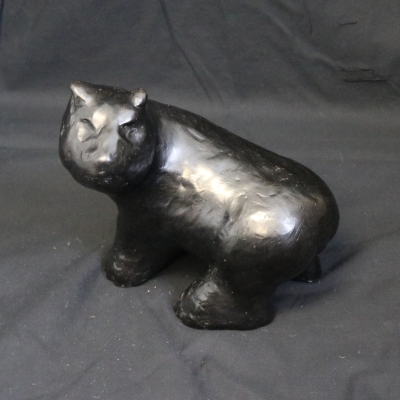
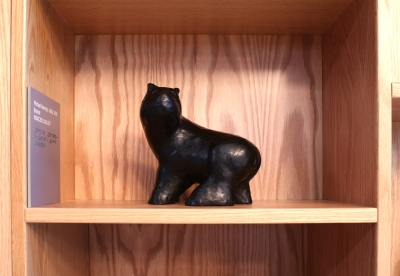
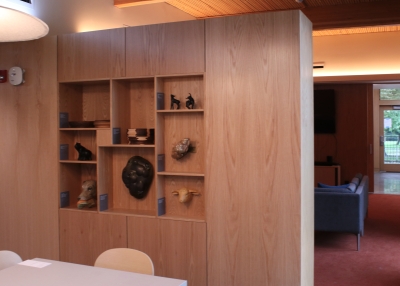
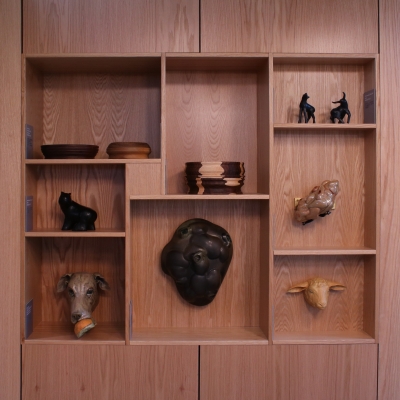
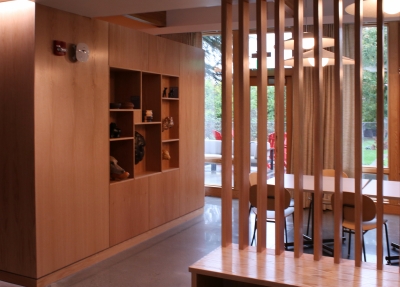

_edited.jpg)
